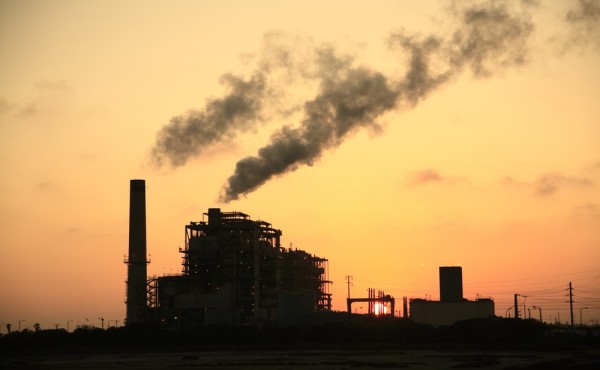California Cap and Trade One of the Most Progressive Globally

 Credit: Kinetic Imagery / Shutterstock.com
Credit: Kinetic Imagery / Shutterstock.com
Earlier this month, the California Air Resources Board (ARB) -- the agency running California’s groundbreaking cap-and-trade program -- held its fourth auction of greenhouse gas allowances. The results of this latest auction were announced: All 13,865,422 allowances for 2013 and all 9,560,000 allowances for 2016 were sold, indicating confidence in California’s climate action plan.
California’s cap-and-trade program aims to reduce emissions of fossil fuels to 1990 levels by 2020, requiring factories, power plants and oil refineries to purchase pollution permits, turning one in for every ton of carbon pollution produced. As the cap on industrial greenhouse gas emissions declines each year, businesses will need to reduce their pollution levels.
The allowances can be bought and sold, so that companies less impacted by the program can sell excess permits to those facing costly reductions.
The program came about as a result of the state’s milestone climate law, the Global Warming Solutions Act (AB 32), passed by the Legislature and signed into law by Governor Schwarzenegger in 2006. The reduction measures to meet the 2020 target were adopted in 2011 and on January 1, 2013, California began enforcing the program.
Previous cap-and-trade programs, administered by the U.S. EPA, have been successful. Such programs include the Acid Rain Program, which reduced SO2 emissions by 8 million tons from 1990 levels by 2008, and the NOx Budget Program, which had reduced NOx emissions by 60 percent from 2000 levels by 2007.
Still, some claim the cap-and-trade system will be detrimental to economic progress, arguing that businesses will compensate for higher production costs and diminished markets by slashing jobs and consumers will have to pay more for energy and energy-intensive goods.
“A cap-and-trade system is simply a mechanism to put a price on emissions in order to compel businesses and consumers to emit less. That is, it's essentially an emissions tax. But greenhouse gas emissions are virtually synonymous with energy use, so it's actually a roundabout energy tax,” said William Yeatman, an energy policy analyst with the Competitive Enterprise Institute. “A cap-and-trade system necessarily harms the economy because it is designed to raise the cost of energy.”
Others argue the cost of inaction on climate change may outweigh the cost of addressing the problem. According to a 2006 report by the former chief economist at the World Bank, Sir Nicolas Stern, if global warming continues unabated, long-term damages from global warming could reach the equivalent of 5 percent to 20 percent of global economic output.
“Indeed, a 5 percent loss of global GDP due to continued inaction is roughly an order of magnitude greater than the worldwide cost of action to stabilize atmospheric CO2 levels,” said Rick Duke, the director of the Natural Resources Defense Council’s Center for Market Innovation, in a 2008 report. “Carbon caps put essential guardrails in place to enable aggressive stimulus spending and unleash private investment that will leave a legacy of a cleaner and more secure energy economy.”
The creation of a major financial market for the buying and selling of carbon permits will have large implications on a global scale. Already, around 20 percent of the world’s economies -- including the European Union, Australia, New Zealand, South Korea and the province of Quebec -- already have carbon-pricing or cap-and-trade laws in place. Others, such as China, are moving forward with plans to implement such programs in its provinces.
“California’s law is one of the largest and boldest efforts to limit emissions on the planet,” said Nathaniel Keohane, an economist with the Environmental Defense Fund, in a statement to the National Journal. “Until now, in the U.S., a carbon law has been hypothetical, theoretical. California has an opportunity to show that this works in practice. It can work as a lab for the rest of the country.”
With the largest economy in the nation and the eighth-largest in the world, the success of California’s cap-and-trade program could set the precedent for future programs around the nation.



